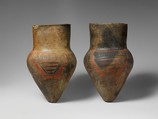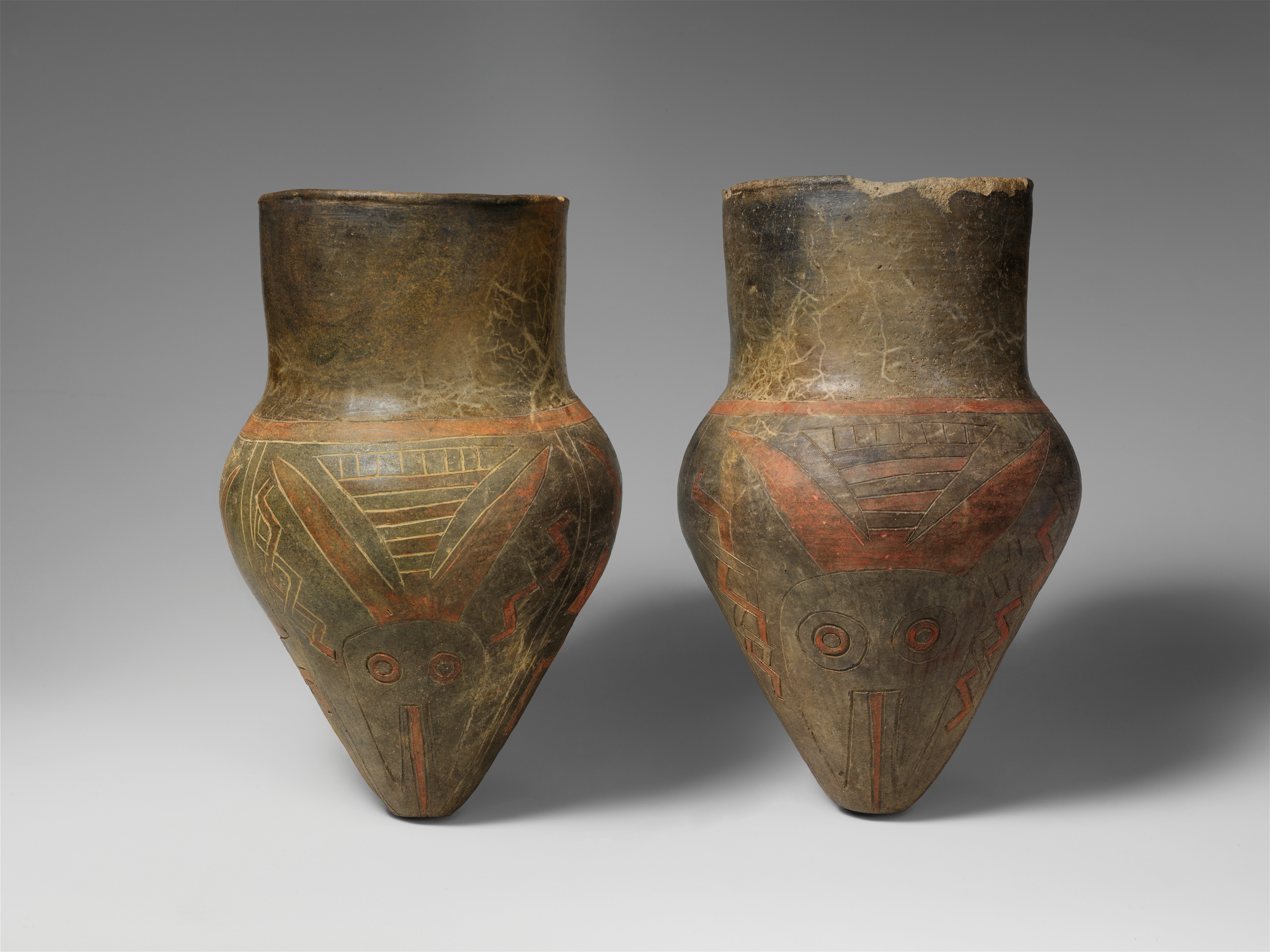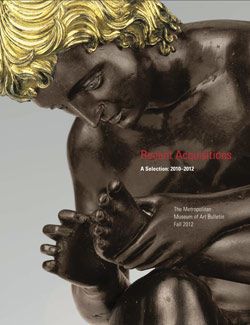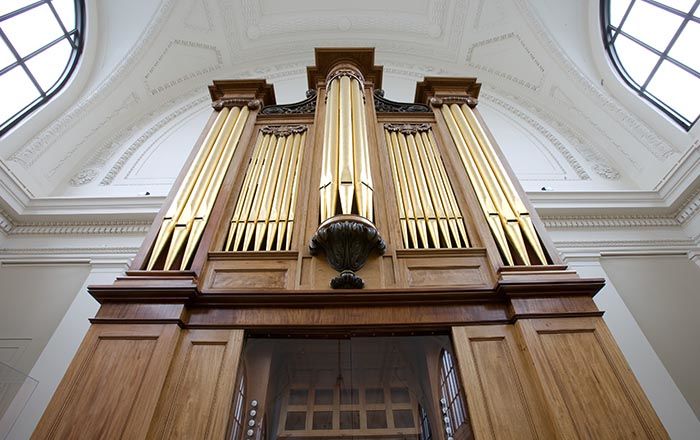Drum
From about 700 B.C. to A.D. 700 the Paracas and later the Nasca resided along the southern coast of Peru. One feature the two cultures had in common was the use of a uniquely shaped ceramic drum with a cylindrical collar covered by a skin membrane that opened into a bulbous, hollow body terminating in a closed point. The significance of these rare and early examples of a past musical culture is yet to be fully explored. The largest of the amphora-like drums, 15 to 18 inches tall, were frequently decorated with incised and polychrome anthropomorphic and mythical beings. It has been suggested that these larger drums were for ritual use. The Museum’s pair of drums are small by comparison and were perhaps played differently and in a different context. Iconographical evidence implies that they may have been bound together and strapped to the player’s waist. The incised and painted decoration evokes nature. Scholars have suggested that the birds placed at the cardinal points around the drum’s body, their beaks pointing to the narrow terminus, are hummingbirds and whip-poor-wills.
This image cannot be enlarged, viewed at full screen, or downloaded.
This artwork is meant to be viewed from right to left. Scroll left to view more.





